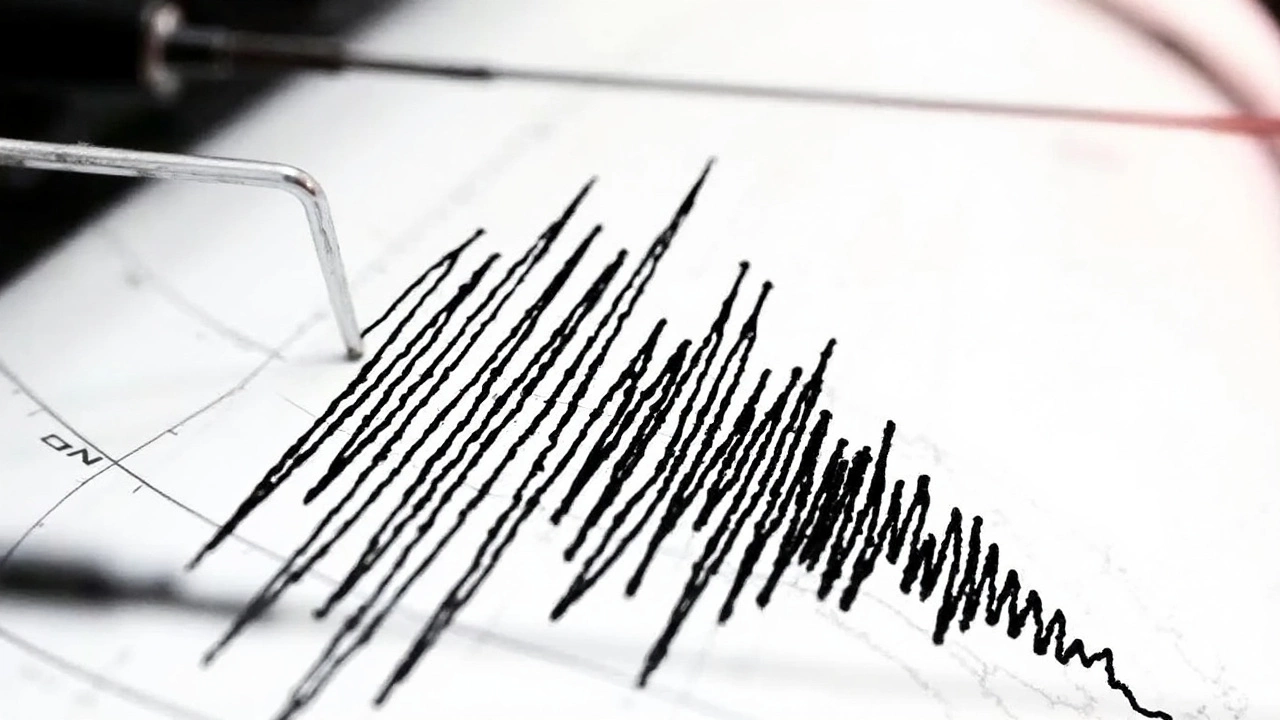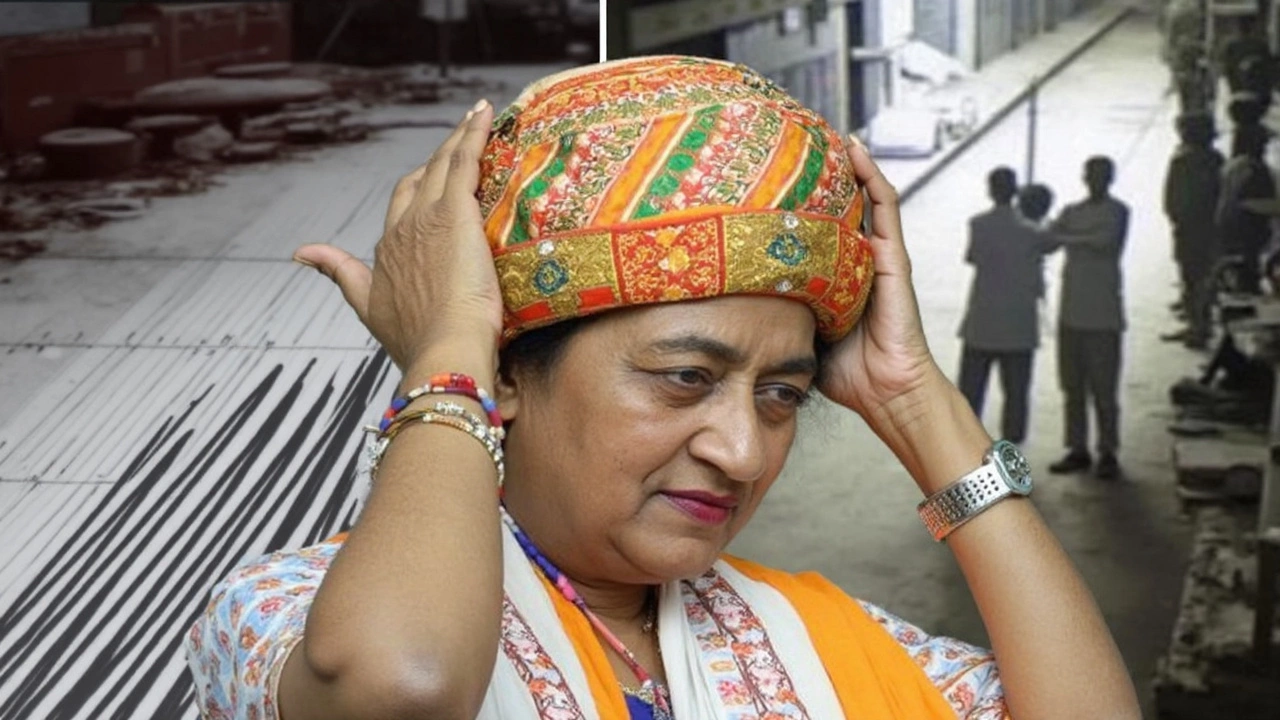
Delhi-NCR Shaken by Quake as Afghanistan's Tremors Cross Borders
A strong earthquake that struck deep beneath Afghanistan on April 19, 2025 rattled nerves hundreds of kilometers away in Delhi-NCR and northern India. While the magnitude 5.8 quake was centered across the border, its impact is a stark reminder of how regional seismic events can unsettle life in India’s capital region.
The quake’s epicentre was pinpointed at 36.10°N and 71.20°E, a remote location in northeastern Afghanistan. Despite its distance from Delhi, the shaking was felt distinctly. Thanks to a depth of 130 kilometers beneath the earth, the seismic energy traveled far and shook the ground in cities like Delhi, Jammu and Kashmir, and other northern states. It hit shortly after noon, a time when many people were at home or working in offices and high-rise apartments.
As the tremors rippled through Delhi-NCR, people immediately felt the vibration underfoot. Offices on higher floors swayed slightly, setting off memories of previous big quakes in the region. Some residents, recalling safety drills and the potential risks of living in Seismic Zone IV, made a beeline for exits, filing into open spaces and evacuating buildings. Parents clutching children, elderly folks with worried faces, and office workers gathering outside became a common sight for several minutes after the quake.
On social media, the buzz was instant. Hashtags related to the earthquake began trending, as locals posted their experiences, some sharing short videos of ceiling fans swinging or windows rattling. Despite the flurry of activity online and the rush to get out of buildings, authorities were quick to reassure the population. No reports of injuries, casualties, or major building damage emerged in the immediate aftermath. Municipal workers and emergency teams conducted rapid assessments, especially around vulnerable infrastructure and high-rise towers.
Delhi-NCR’s position in Seismic Zone IV makes it a hotspot for moderate to strong earthquakes—an unsettling reality for anyone who lives or works in the city. High-rise buildings, which now dot the city’s skyline, tend to amplify the sensation of tremors. Even minor seismic activity makes its presence felt, shaking furniture, fixtures, and nerves on upper floors. Building codes in the region aim to address these risks, but the lived experience during tremors leaves a strong impression on people every time the ground stirs.
This wasn’t a one-off incident for the area. Earlier the same week, Afghanistan was jolted by another tremor, initially flagged at 6.4 magnitude by the EMSC, though later downgraded to 5.6. Repeated seismic activity in the wider Indo-Afghan region keeps pushing earthquake awareness higher among Delhi residents, especially among those living in skyscrapers. Emergency agencies continue reminding people about basic earthquake preparedness, from moving to open ground to following building evacuation protocols and avoiding elevators during tremors.

Why Quake Warnings and Preparedness Can't Be Ignored
This latest earthquake reinforces why Delhi-NCR’s population has to stay alert. The region sits above several fault lines, and experts regularly warn that a more powerful event could occur with little warning. Many remember major quakes in the past that brought tiles crashing and windows shattering miles away from the epicentre. On quieter days, it’s tempting to ignore those reminders, but every fresh tremor brings risk—and renewed awareness.
For now, the April 19 quake turned out to be a warning shot rather than a disaster. But the crowded high-rises and office towers across Delhi-NCR make each tremor a major talking point. From city planners to families living on the 20th floor, everyone is acutely aware that when the ground shakes, preparation—not panic—makes all the difference.